Photos: Night Blooming Cereus Flowers
An event that rarely occurs took place this evening [June 24], with night-blooming cereus flowers seen in the Pitts Bay Road Pembroke area together with Cut Road and Barrack Hill in St. George’s.
The night blooming cereus — also called queen of the night, lunar flower, and moon flower — is a member of the cactus family. It does not bloom often, and when it does its scented flower opens the evening falls, then closes with the morning sun, making the sight a relatively rare one.
.
Evidence could be seen at all three locations of flowers that have previously bloomed laying dead along side growing buds of flowers that will bloom on future nights. Night-blooming cereus is the common name referring to a large number of flowering Cereus cacti. Native to the Western hemisphere, they can be found from the Sonora Desert to South America.
Click to enlarge photos:
Read More About
Category: All, Environment, Environment, News, Photos

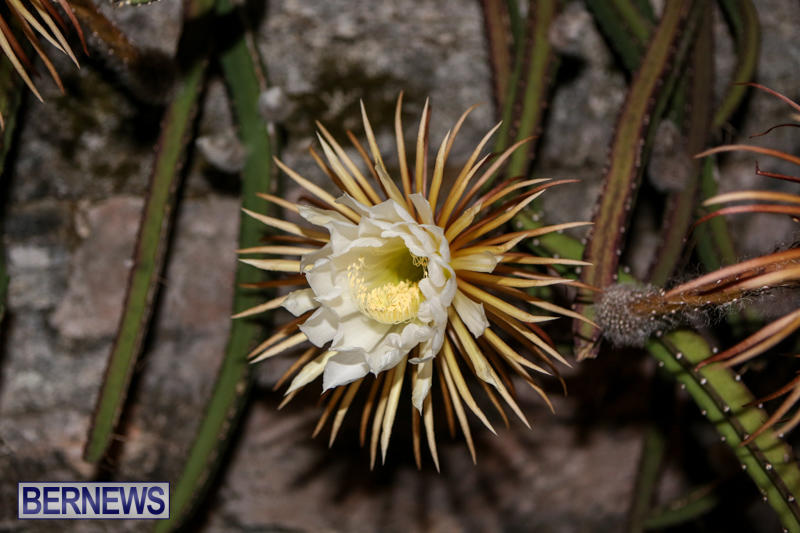
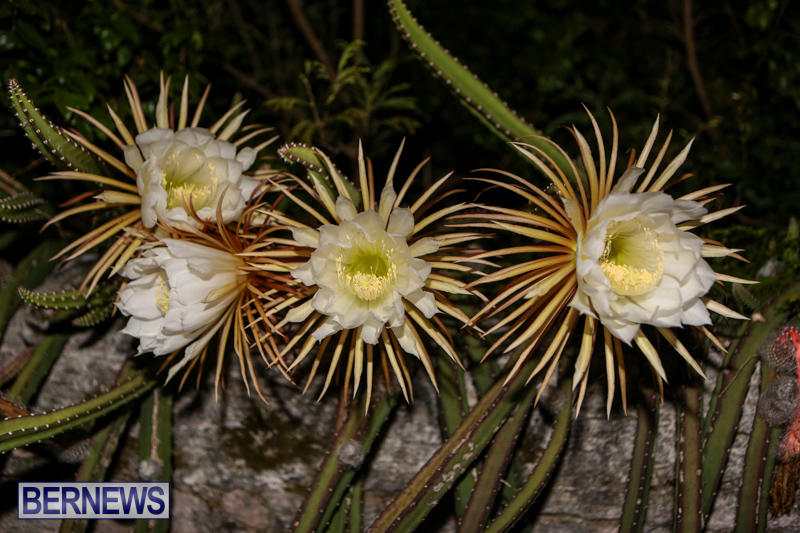

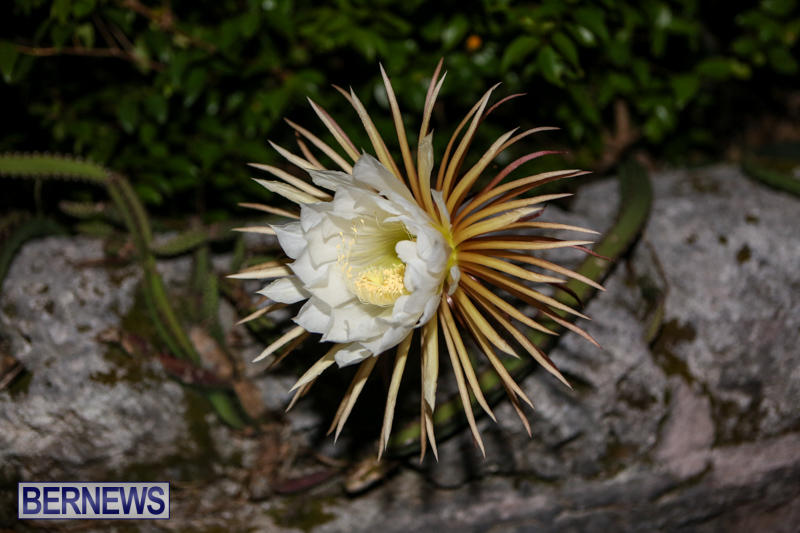
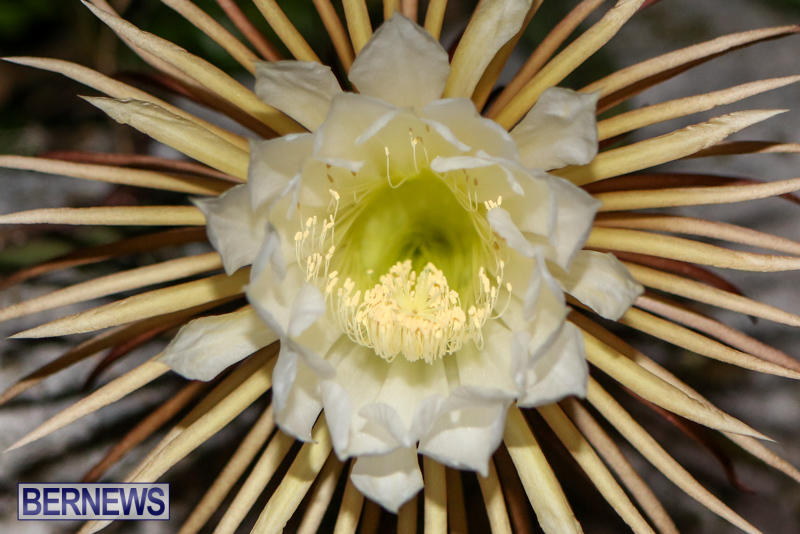
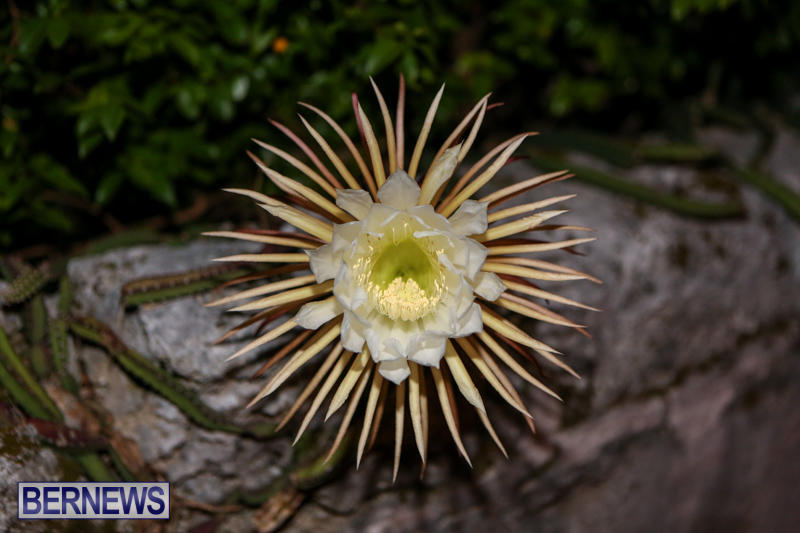


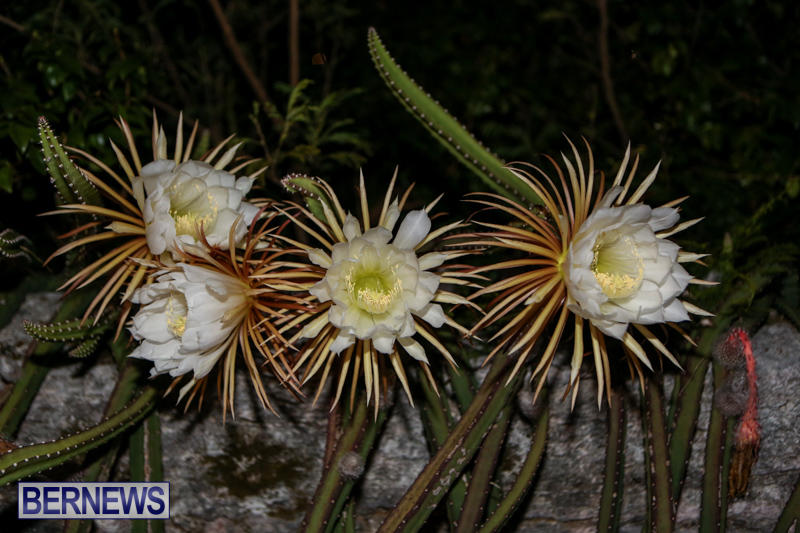
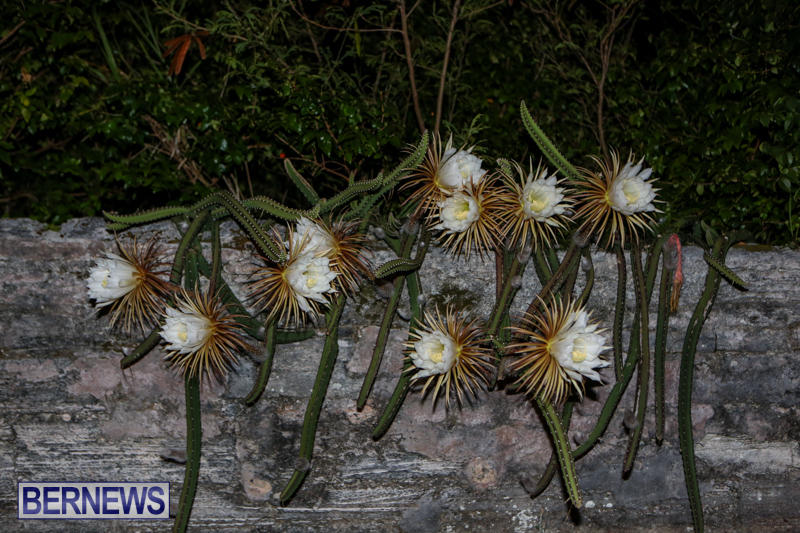
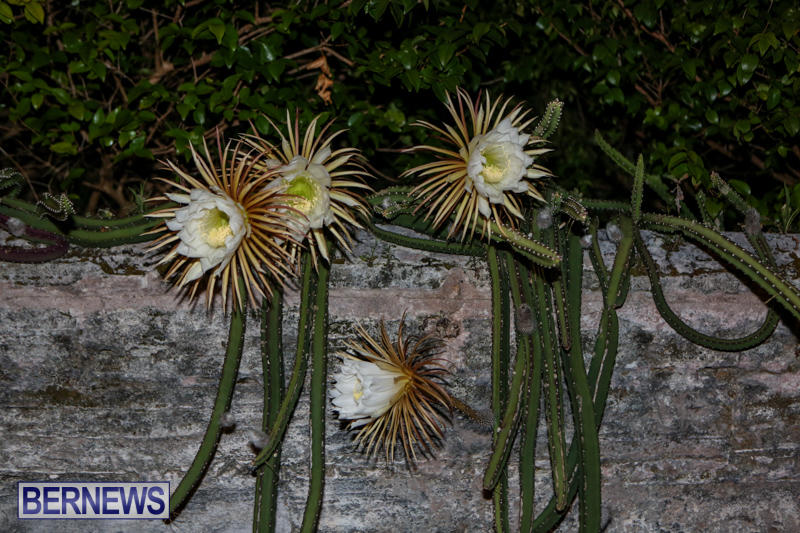

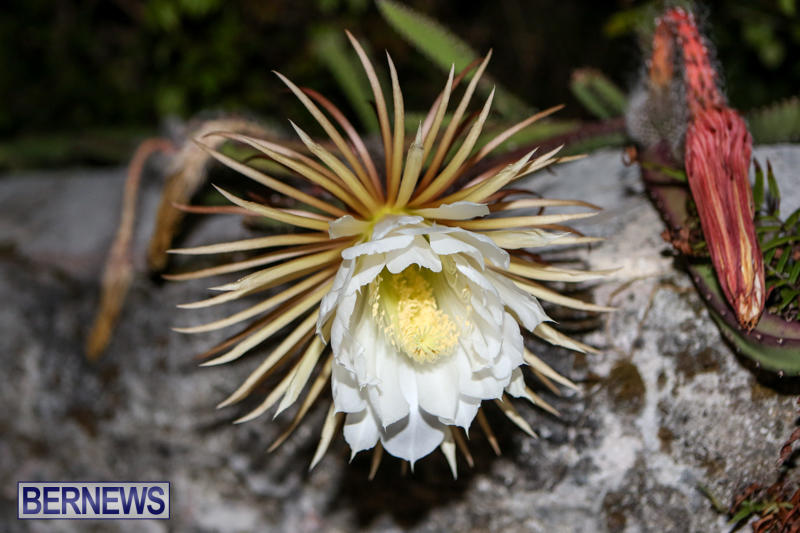
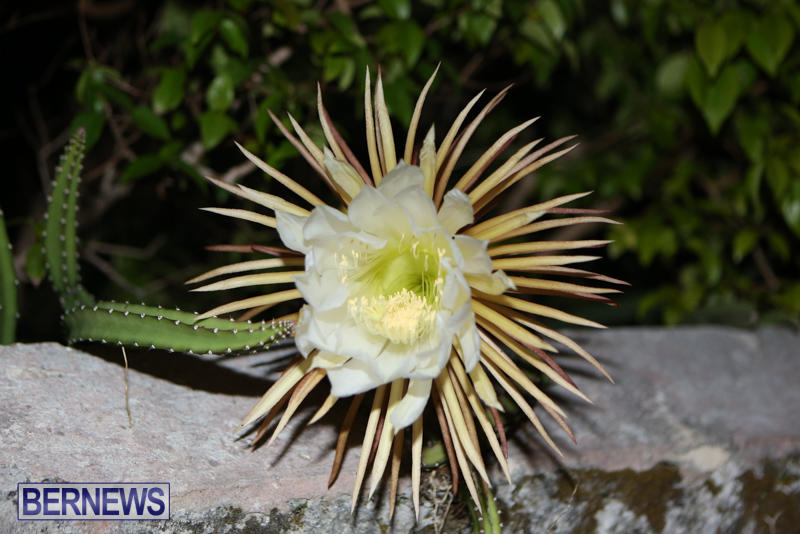
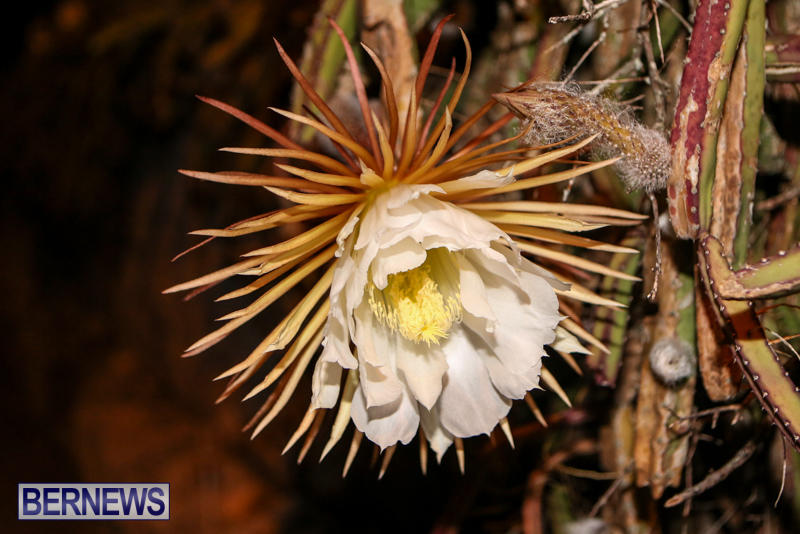
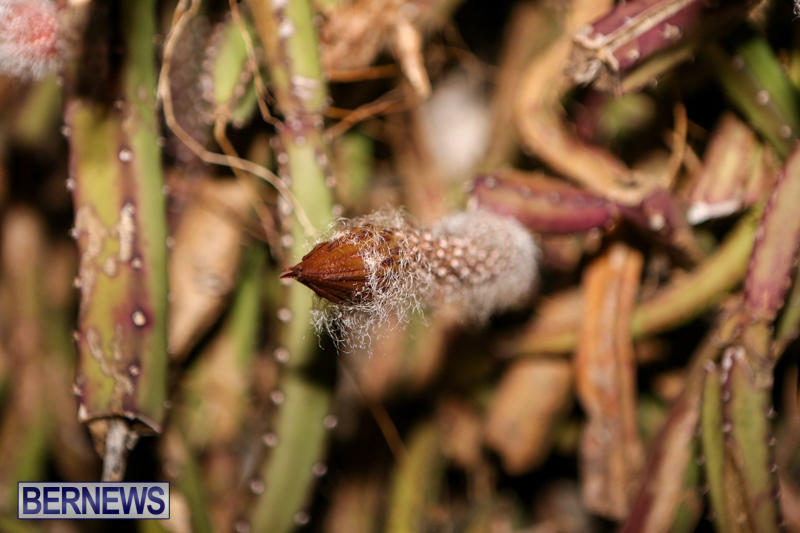
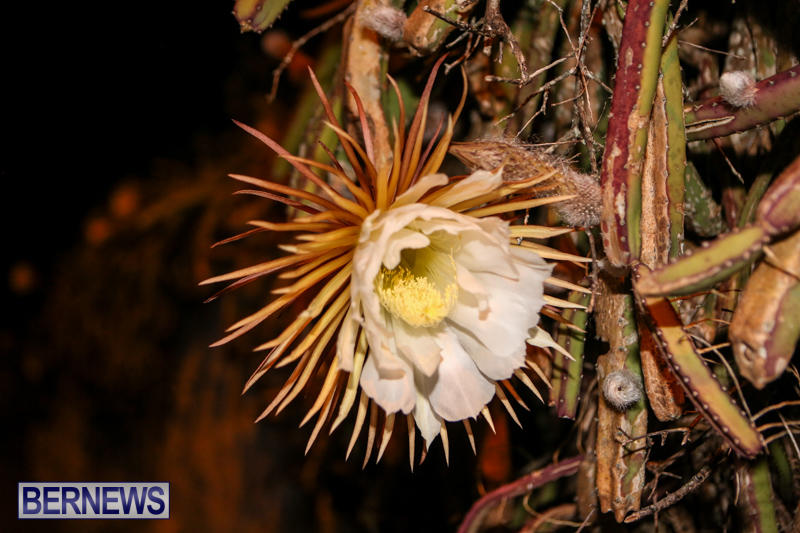
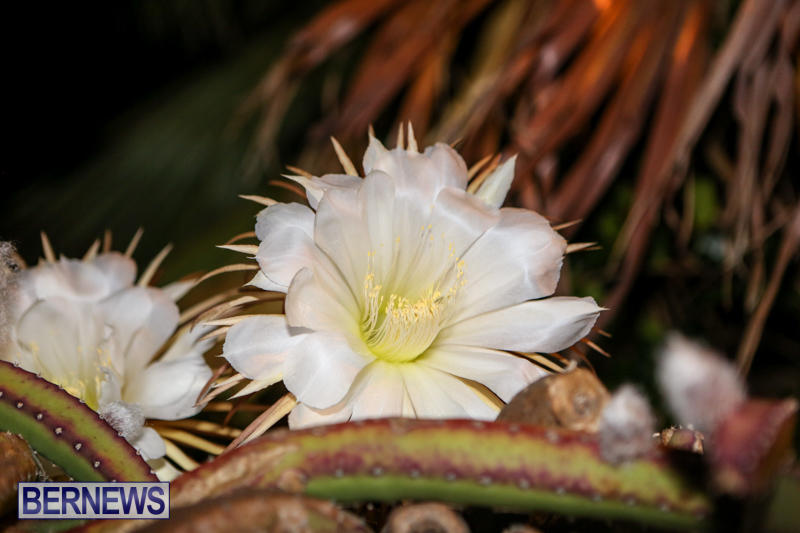
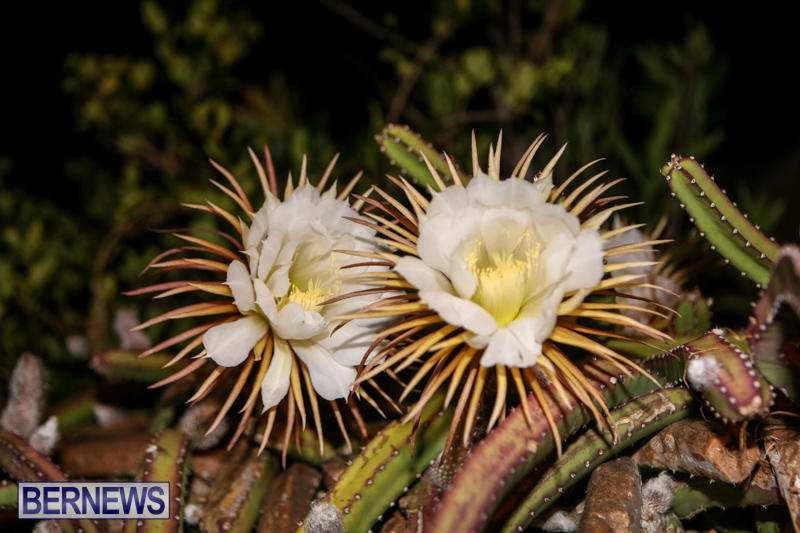
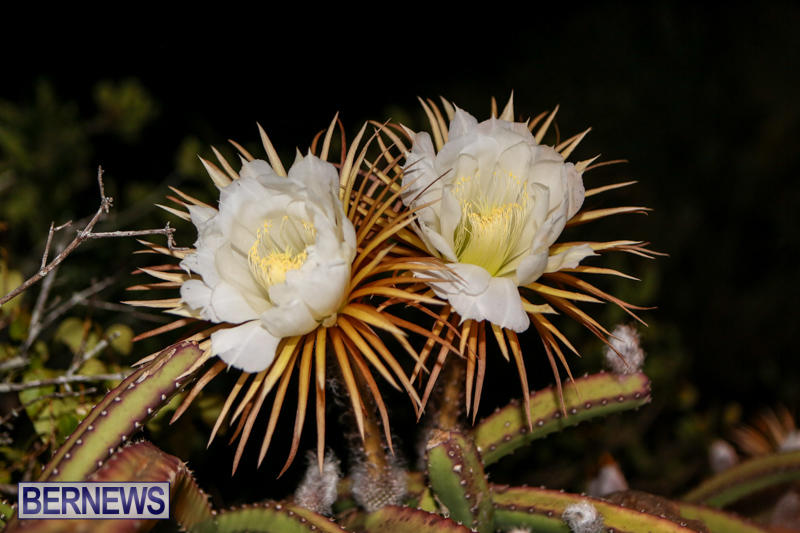
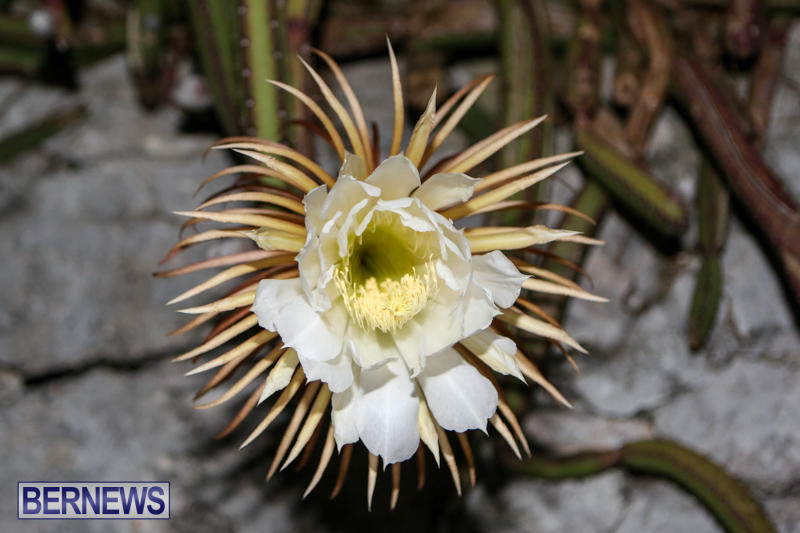
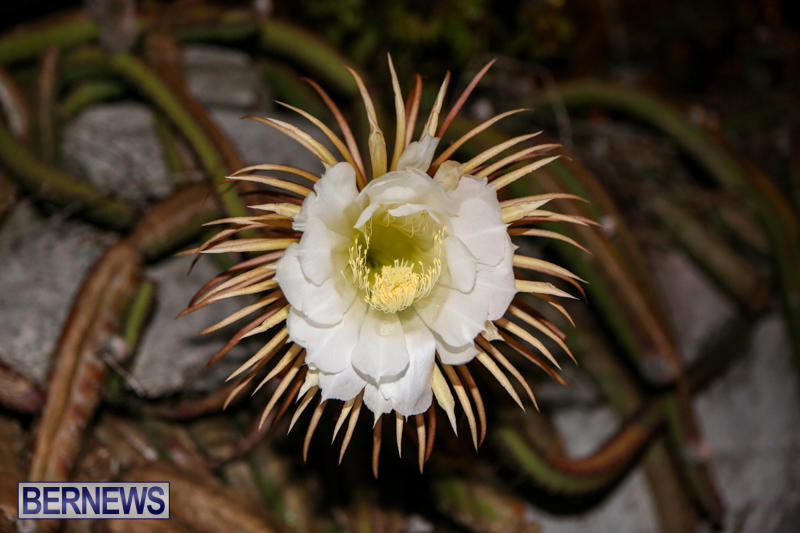


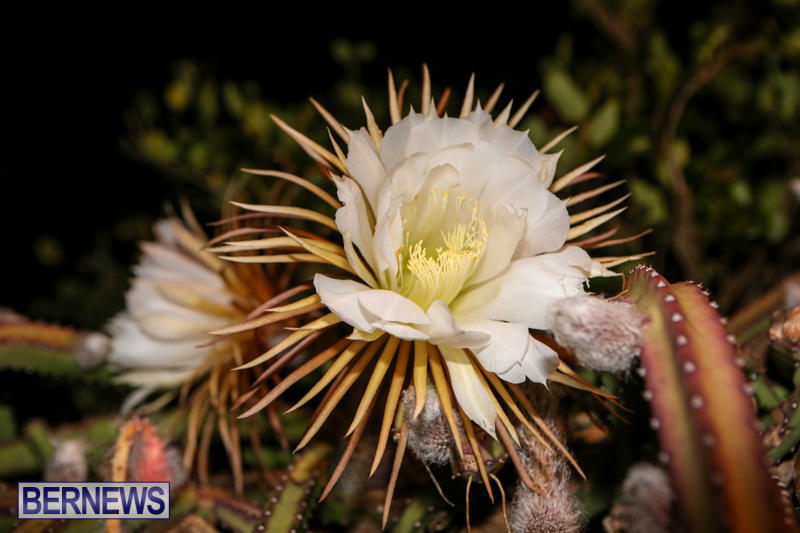
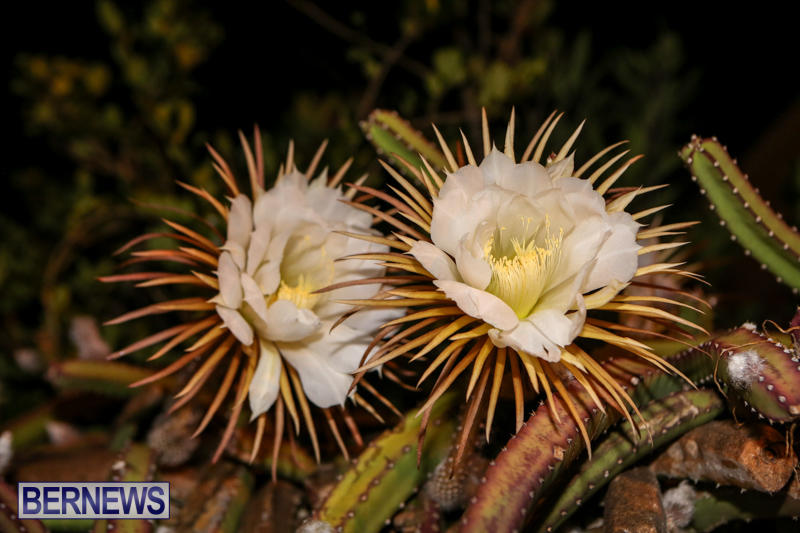
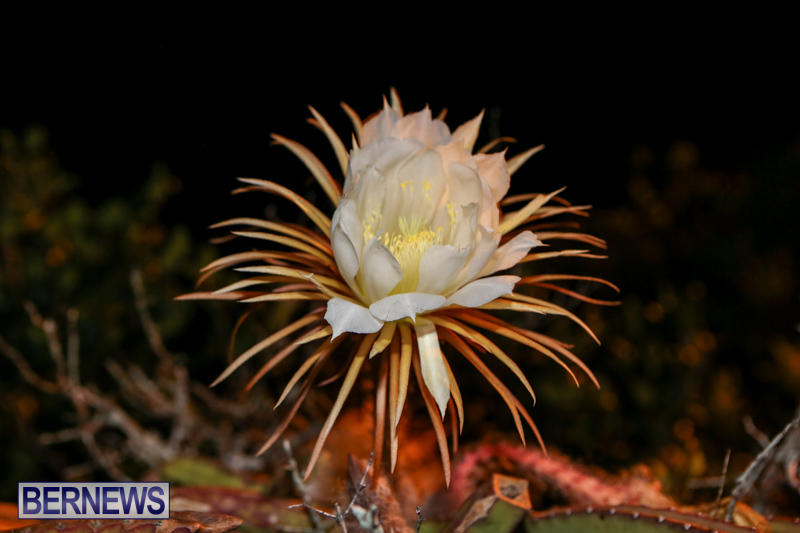
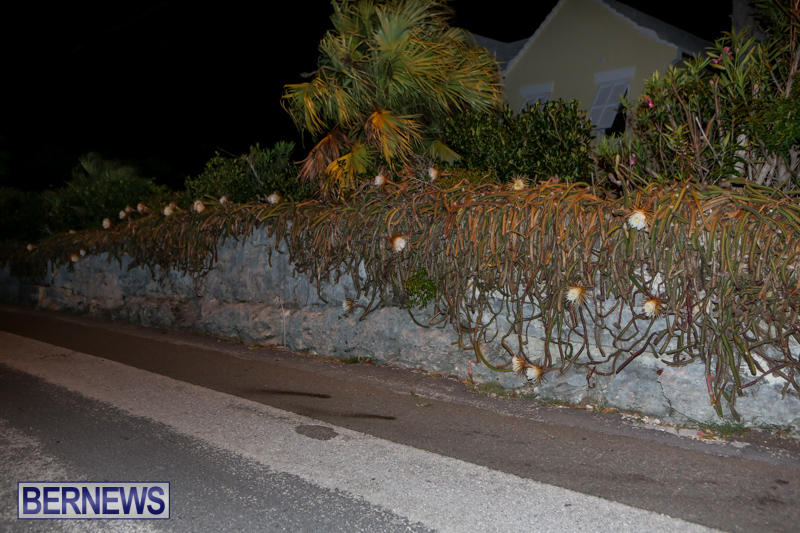

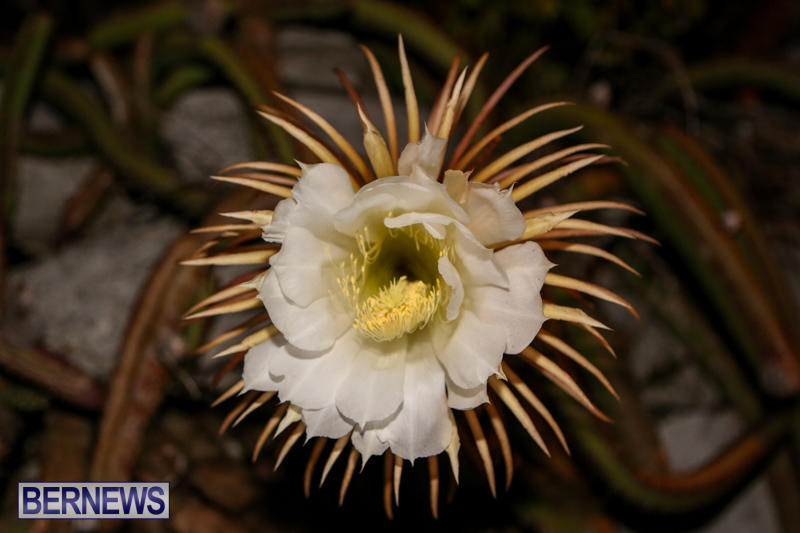


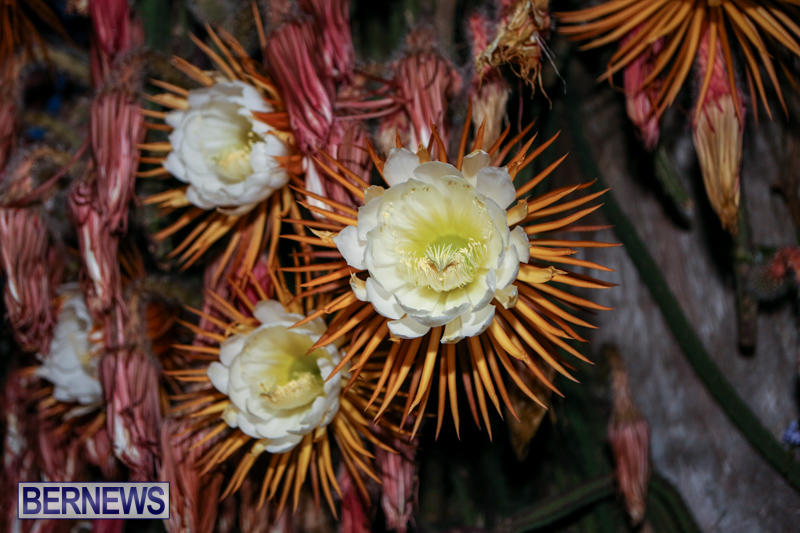
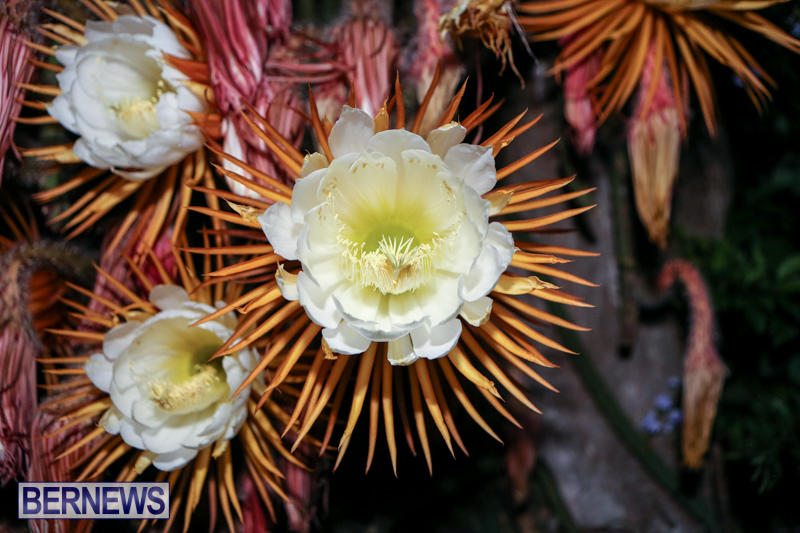
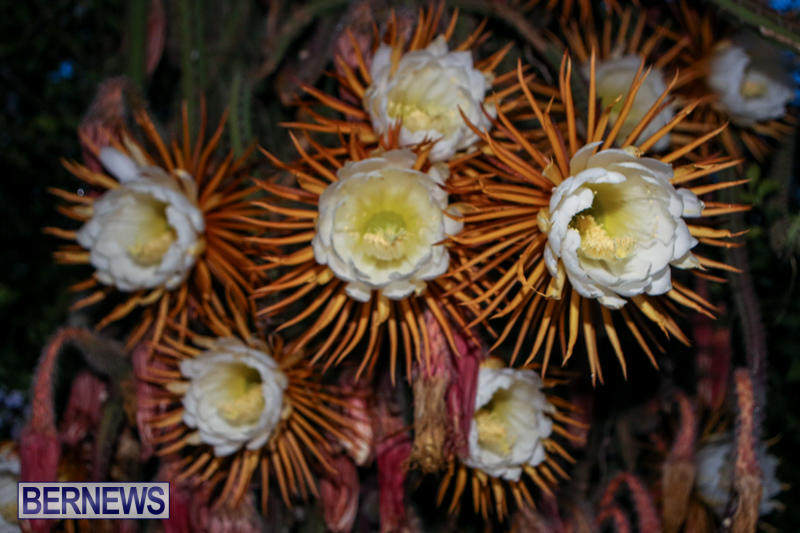

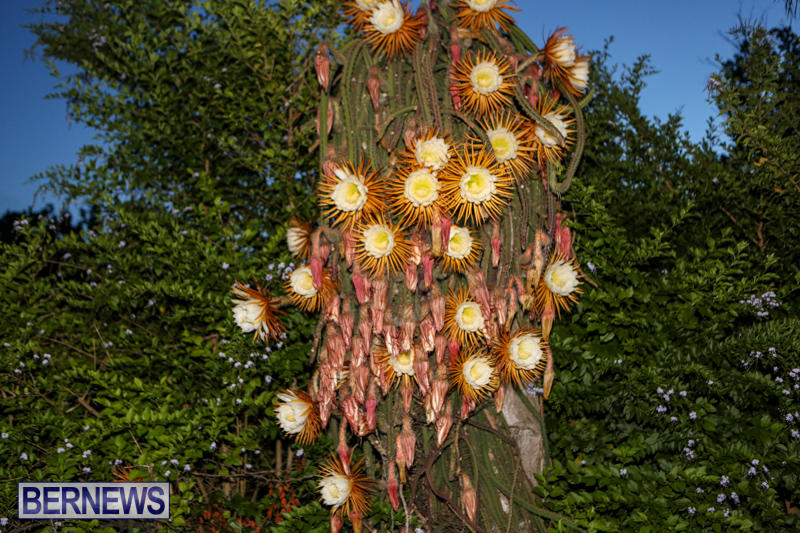



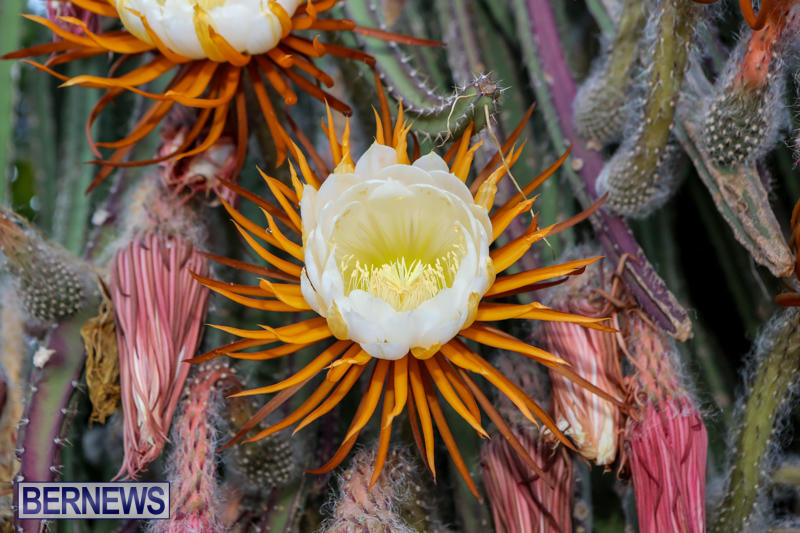
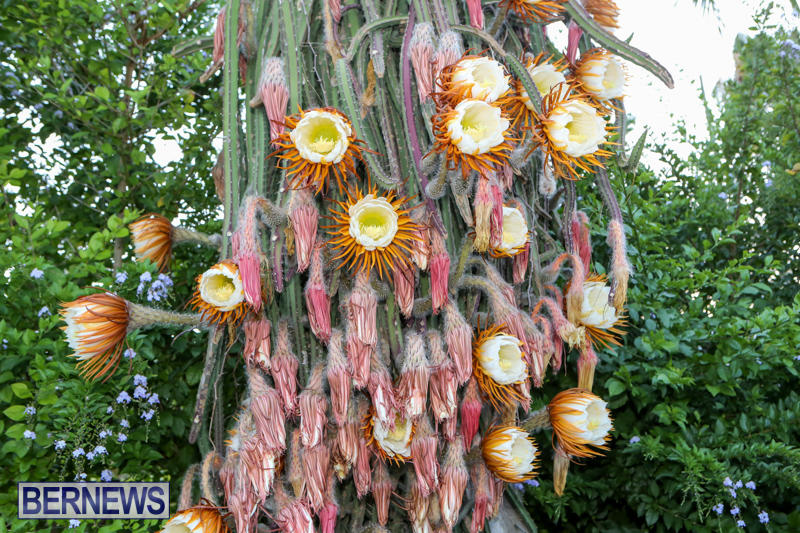
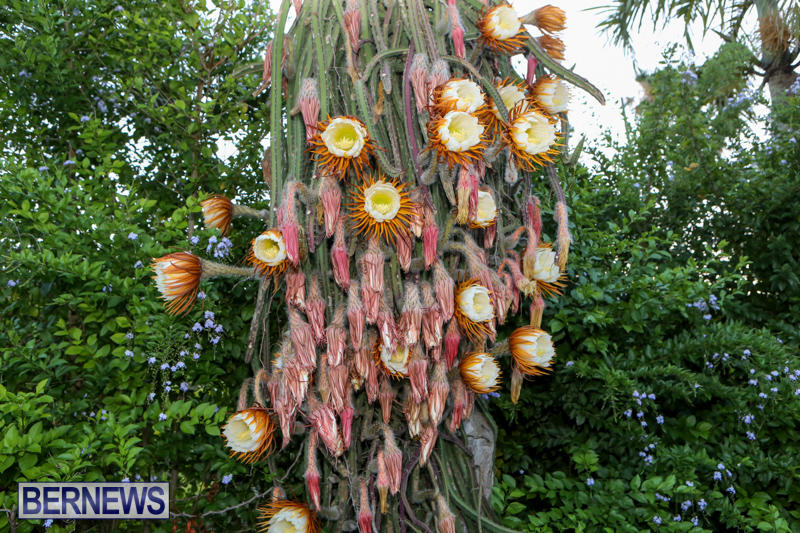
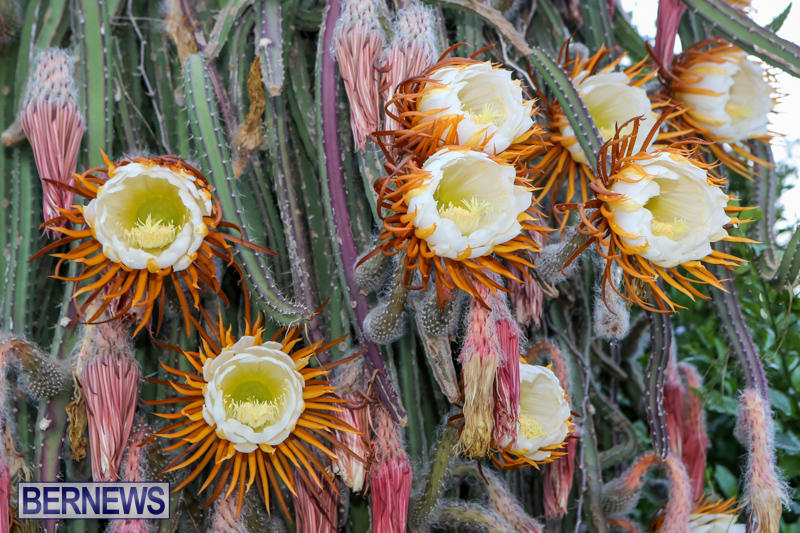
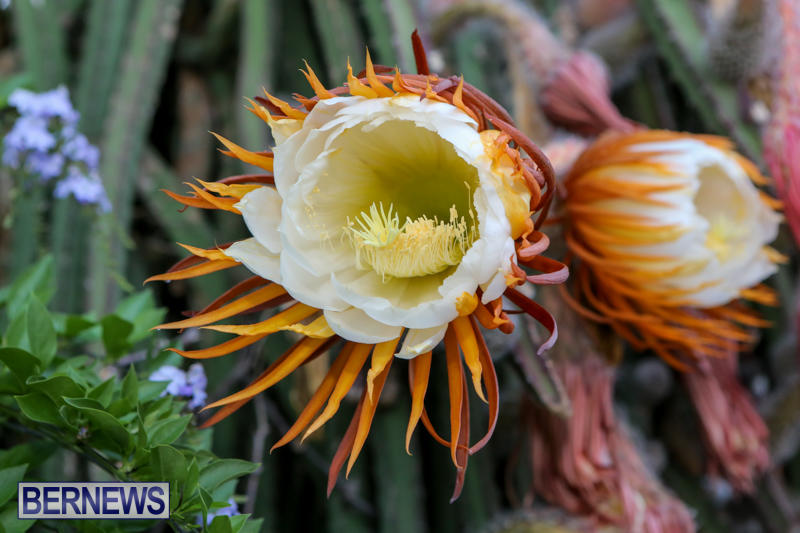



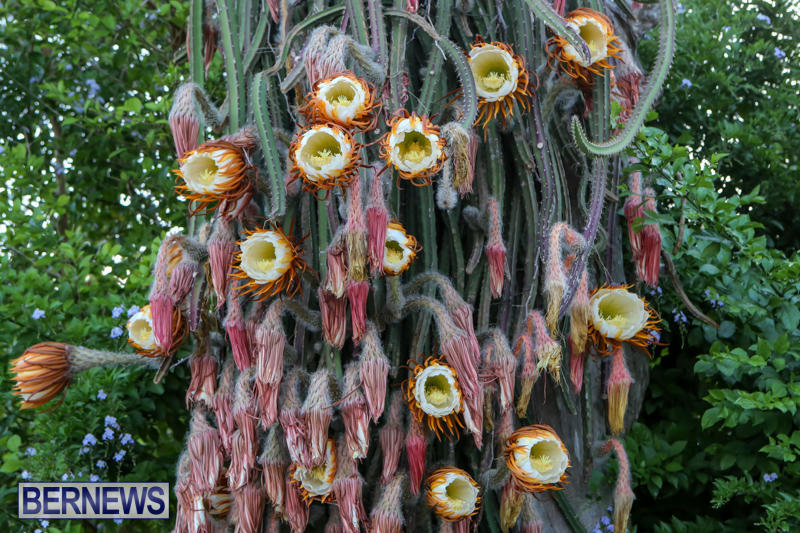

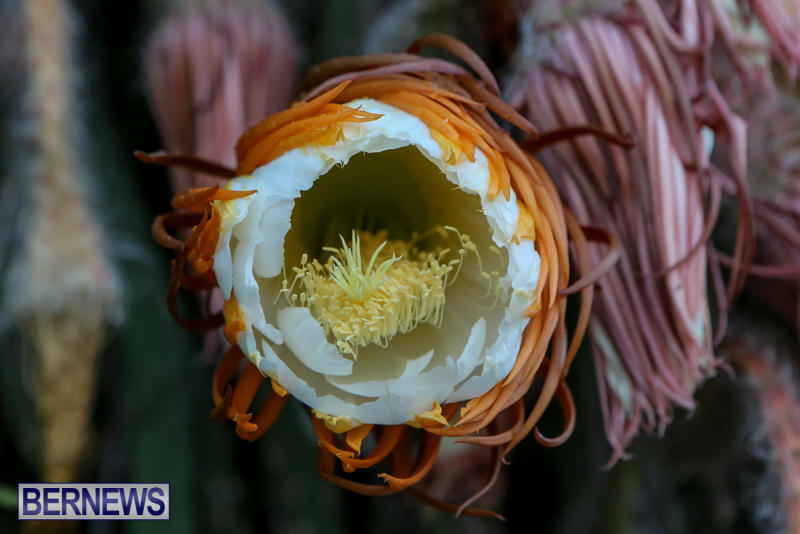
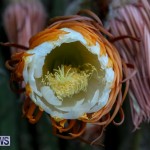







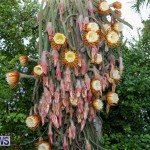

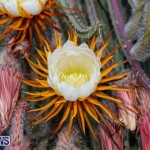
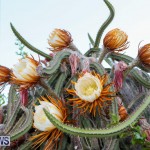
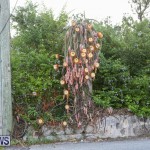
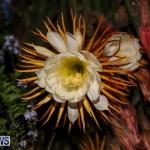
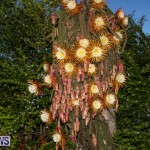
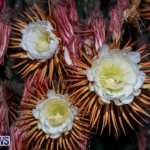

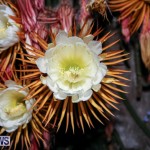
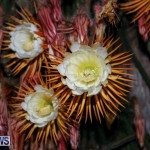
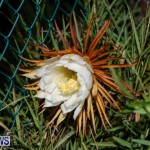
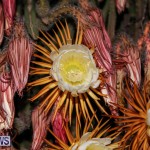

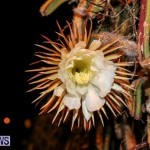

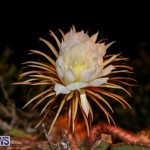
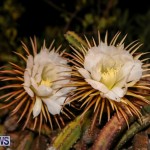
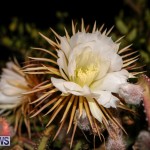
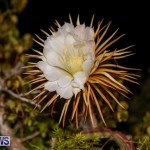




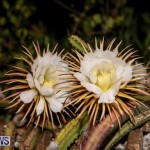
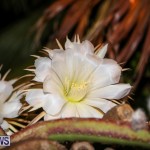
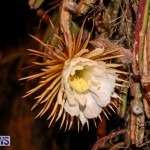

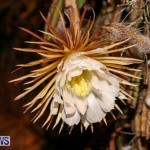
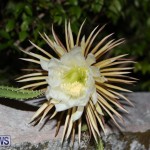
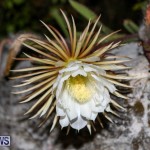
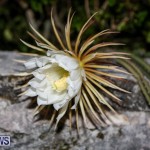
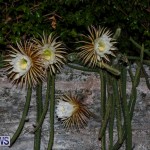
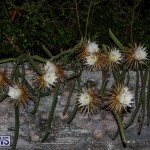
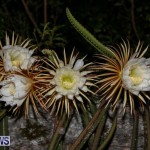
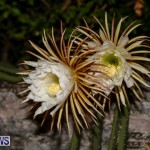
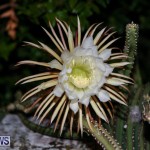
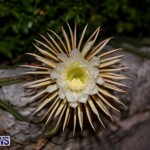
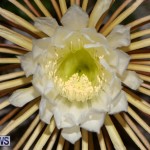
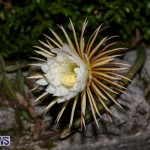
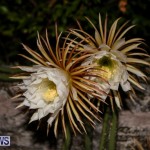
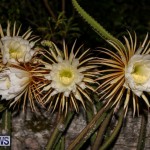
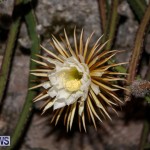

I saw the one in Pembroke, really an amazing sight!
I would love to see this spectular show of nature – I want to ask where these plants can be found then thought nope because vandals might decide to damage/destroy the plants
Bernews if you could get the locations and e-mail I would appreciate it
In St. George’s they are on most of the old walls on Shin Bone Alley, Queen St. and several older alleys.
@Islandr, Indeed Carolyn is correct it is a quite common plant found all across the island simply cut a “node” and place only the very end in 2 parts coarse sand to one part potting mix and water every other week the cutting should root within 2-3 weeks keep shaded and plant will produce the blooms after reaching 3 feet, anywhere from june to september and only at night. They do not enjoy full sun and should be kept shaded and supported as they grow (they can simply be planted at the base of the tree and will climb the tree without being parasitic) and a fun fact, this is a relative of dragon-fruit if the blossoms are pollinated by hand a “mini” dragon type fruit will soon form and is indeed edible! Bring nature home, Happy gardening
That is really beautiful.
SO AWESOME!!! THANK YOU FOR CATCHING THIS BERNEWS!!!
Great photo’s. Thanks for sharing.